I have been trying to identify butterflies over the last 30 years, and just when I think I’ve seen all the local species, I get surprised. Over the last week, I’ve crossed paths with two species I’ve never seen before. Both of them were in places I find myself almost every day…Ashland Nature Center and Coverdale Farm Preserve.
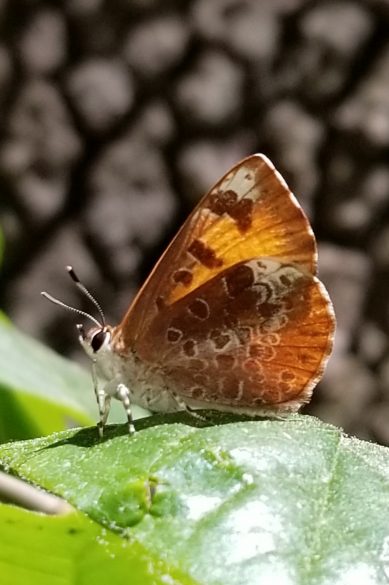
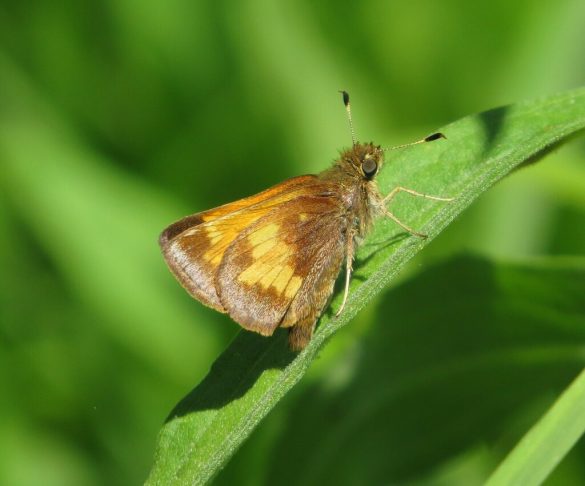
Explore and Discover Butterflies
Summer is a great time to look for butterflies. My preferred method of enjoying them is to photograph them. Sometimes you can sneak up to them with your cell phone, however it helps to have a camera with some zoom capabilities. Once I have a photo of the butterfly, it is fun to upload it to iNaturalist. Here, you can get an identification of the insect, learn more about it, and have a record for yourself that you can refer to later. Additionally, you are contributing your sighting to science so that we can better understand these creatures.
To enjoy and see butterflies, you don’t need to get up too early. Butterflies are active once it starts to warm up, so late morning is just fine. Finding them is easy. Just check your favorite flower patch, look at mud puddles, piles of dung, or go to open hilltops. These are the places butterflies congregate.
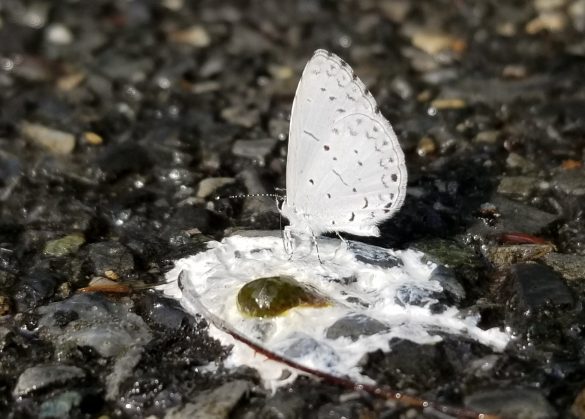
Attracting Butterflies
The vast majority of butterflies visit flowers to drink nectar. They favor certain flowers over others, and can even be found on certain annuals. If you plant flowers to attract butterflies, native plants are best of course. Read this article from Penn State Extension to get ideas of plants that will attract butterflies including nectar plants, and caterpillar food-plants.
As a naturalist, I enjoy getting to know the plants and animals around me. Naming something is just the start however. Once you learn the name of something, dig deeper. Identifying a butterfly is fun, but use this as your starting point to learn more. What plant does the butterfly’s caterpillar feed on? Does the butterfly like to drink nectar from certain species of flower? Does it spend the winter as an adult, pupa, or caterpillar? Does it live in specific habitats? Answering all of these questions for yourself will give you insight into how life around us is connected to one another, and how natural communities function. So have fun photographing and looking for butterflies, but dig deeper and learn more about them. This will give you ideas of what to plant in your garden, and how you can provide what they need.
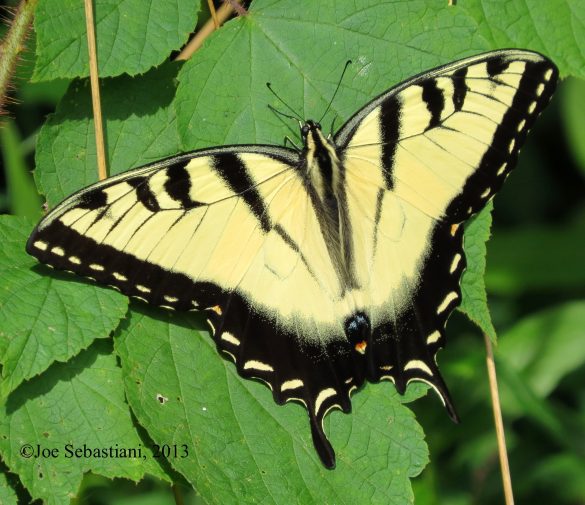
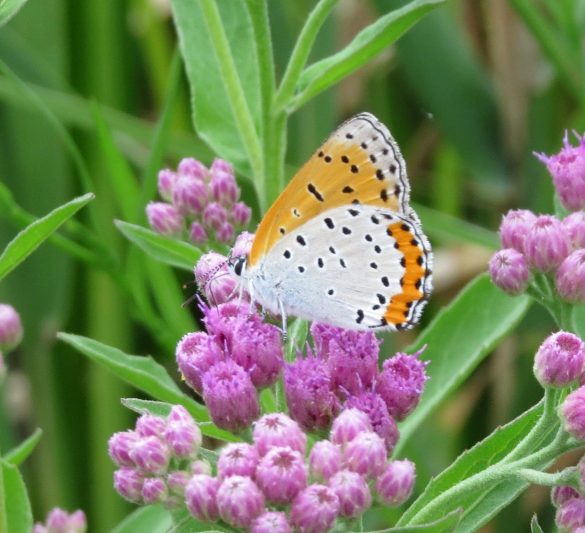
Visit the Ashland Butterfly House
After mid-July, visit Ashland Nature Center’s Butterfly House which is located next to the nature center. Visit www.DelNature.org to view upcoming programs and butterfly house hours. Download this Butterfly guide that includes the variety of butterflies you can see at Ashland Nature Center.